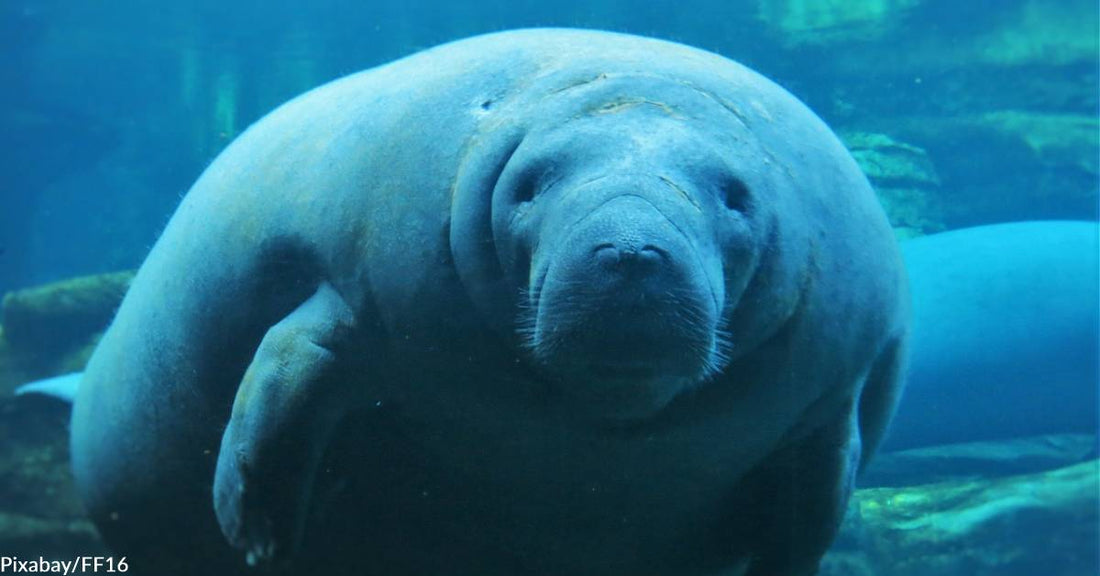Florida Manatees Continue to Face Difficult Times as Food Sources Dwindle
Rebecca West
Manatees, the gentle giants commonly seen in Florida's waterways, are once again facing challenges over the winter. It used to be due to unusually chilly cold snaps, but in recent years it's had as much to do with food — or a lack of it. This is a creature who can't ever seem to catch a break.
If they're not being run over and scarred by speeding boaters, then they're searching for warmer waters to keep from freezing. Now, the seagrasses they sustain themselves on are dying off from pollution. The problem's not new, but it is getting worse.
Brevard County
Because of its warm waters, the Florida Power & Light plant in Cape Canaveral sees hundreds of manatees packed into the intake canal on its southeast edge during winter months. Unfortunately, pollution along the Space Coast has decimated their usual diet of seagrasses typically found in the Indian River Lagoon, leading to starvation for many. For example, in 2021, 1,101 manatees died. In 2022, things weren't much better, with the official estimate being nearly 800 deaths by December.
Now, in January 2023, members of the Florida Fish and Wildlife Conservation Commission are providing them with lettuce tossed along the edges of the canal in hopes of saving as many of them as possible.
Miami Waterkeeper
"It's just emblematic of how dire the situation is," stated Rachel Silverstein, executive director of the environmental nonprofit Miami Waterkeeper. "The point where we would need to artificially feed a wild animal because their ecosystem is so destroyed that they cannot find food for themselves is pretty extreme."
A feeding program to supplement their food intake began in early 2022 and started again this winter due to what marine experts have called an "unusual mortality event" among sea cows. "It probably kept the manatees alive," Silverstein acknowledged, "but it's not a sustainable condition for manatees in the long term to need to rely on an artificial food source." While it isn't ideal, efforts still need to be made.
Florida Wildlife
Native to Florida, manatees are typically 9 to 10 feet in length and weigh around 1,000 pounds, but they can grow up to 13 feet long and weigh more than 3,500 pounds. As herbivores, they do this by spending up to eight hours a day grazing on seagrasses and other aquatic plants, consuming between 4 to 9 percent of their body weight in vegetation each day. That's a lot of grass.
Save the Manatees
Poor water quality and harmful algae are said to be to blame for the decimation of 60 percent of the seagrass they usually feed on. You can help by supporting Project Peril, a program of Greater Good Charities, in its work to help protect threatened species like the manatee. Your donations will purchase produce, especially leafy greens, for manatees recovering from malnutrition. Just $25 provides 30 pounds of nourishing produce to help these creatures. Follow this link to get started now.





